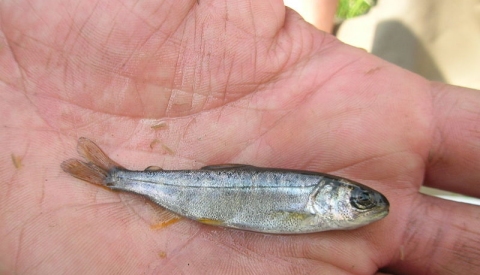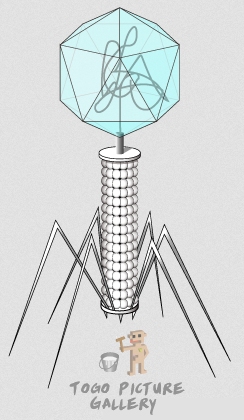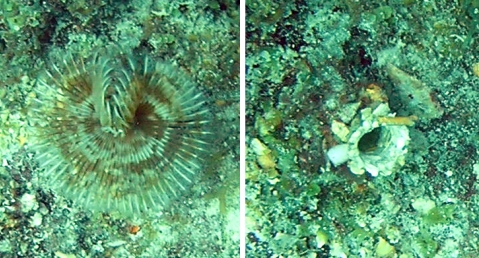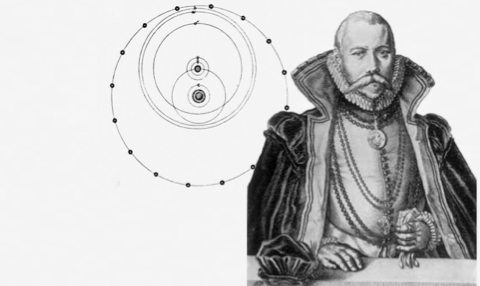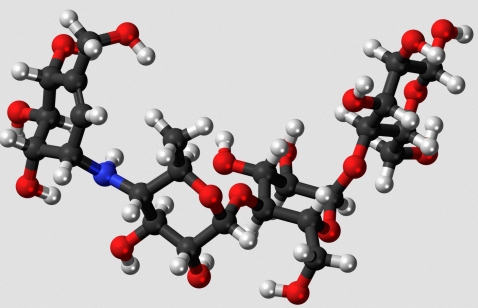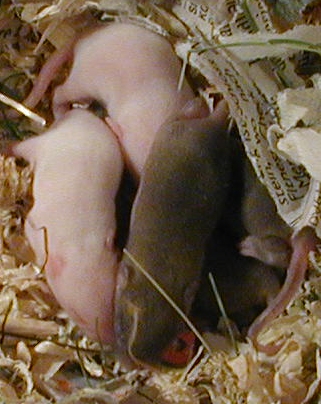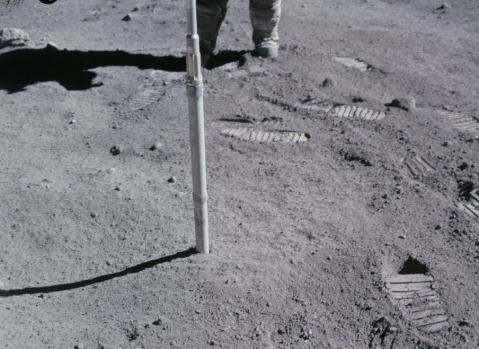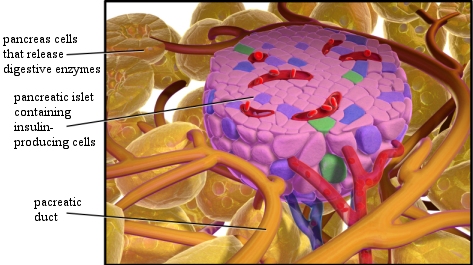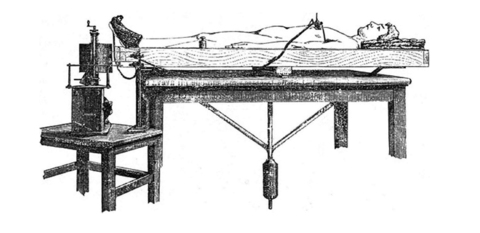
In the 1880s, an Italian scientist named Angelo Mosso built a balance that tried to measure the net flow of blood in the body. A man was put on the balance and asked to clear his mind. The balance was then set so that it stayed horizontal. The man was then asked to read something, and invariably, the balance tilted towards the head, indicating that his brain got heavier. According to Mosso, when the man read a newspaper, the balance would tilt a bit, but when he read a page from a mathematics manual, the balance would tilt more. One man was asked to read a letter from an angry creditor, and it tipped the balance more than anything else!
These results led Mosso to conclude that when the brain is actively working, it gets more blood from the circulatory system. The more it has to work (to process difficult information or strong emotions), the more blood it gets. When I originally read about Mosso’s work years ago, it reminded me of Dr. Duncan MacDougall’s experiments in which he tried to weigh the soul. If you have never heard of Dr. MacDougall’s work, he tried to measure the weight of six terminally-ill patients at the moment they died. He then did the same procedure on dogs. He claimed that while the people lost weight when they died, the dogs did not. As a result, he claimed to have demonstrated that the human soul has weight.
Of course, there are all sorts of problems with Dr. MacDougall’s work, and when I read about Mosso’s work, I rashly put it in the same category. While I am more than willing to believe that the brain needs more nutrients when it is hard at work, I have a hard time believing that its blood flow patterns would be changed dramatically enough to be measured by a balance. Fortunately, other scientists weren’t so rash. Dr. David T. Field and Laura A. Inman decided to replicate Mosso’s experiments, and the results surprised me.
Continue reading “Fascinating: Your Brain Gets Heavier When You Think!”

